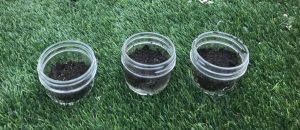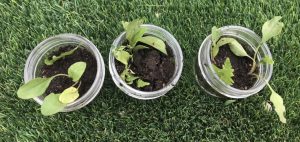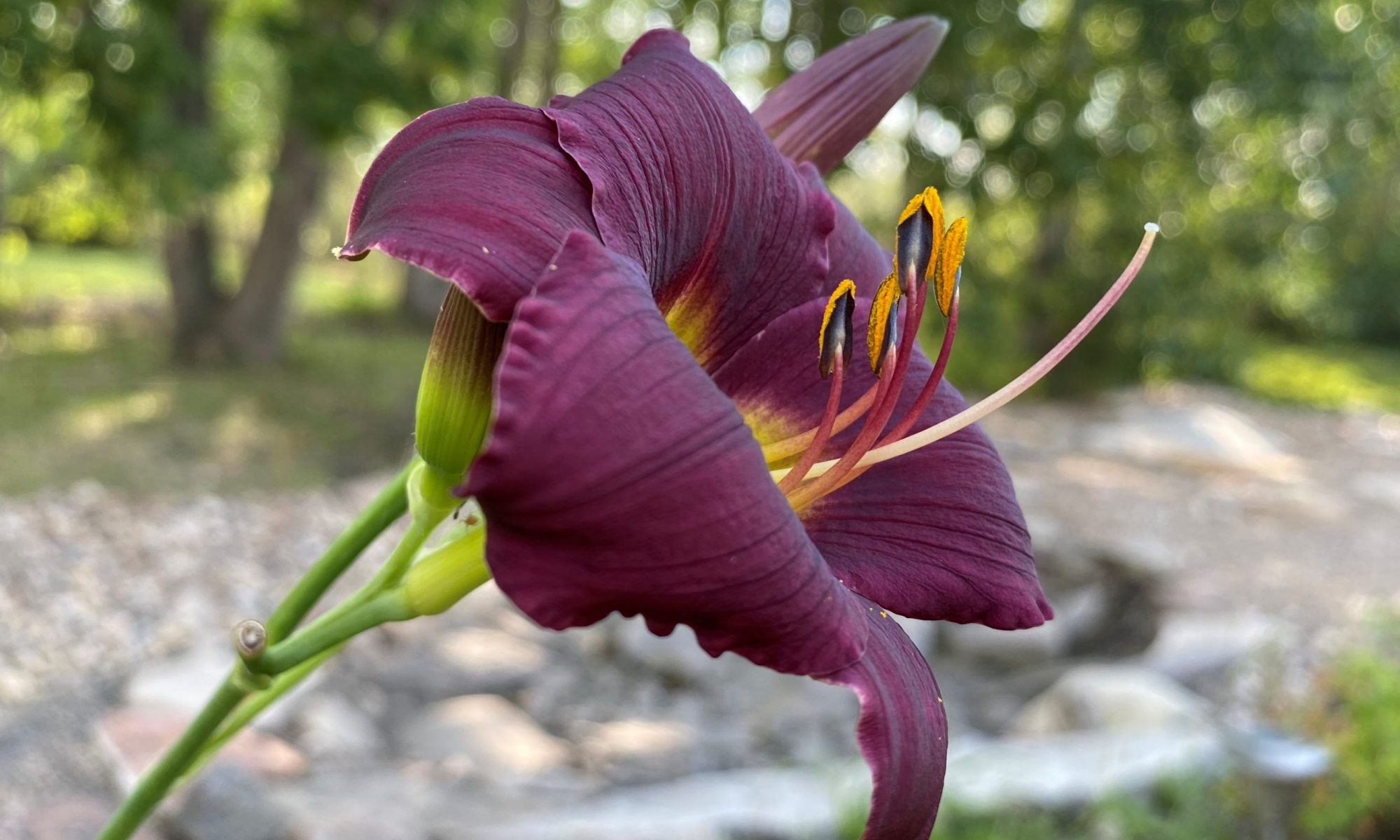Last Friday, I invited the school age children (grades 1-3) that I work with to create their own tiny terrarium. The project came about spontaneously. It started with me taking each of the kids into our art room so that they could choose materials for a craft they wanted to make and/or teach to their friends that day. During our search for popsicle sticks, we came across three sealable glass jars. This was perfect being that I had three kids to plan for that day. During the excitement of finding these jars, the other two school age children came back into the art room to hear me excitedly exclaim that I had an idea for the craft I wanted to do. Immediately, all of them were curious and I briefly explained to them that I wanted to go outside with the jars to create mini ecosystems from the plants in our yard. I told them that they would be trying a project that I’m doing for my university class, making them even more excited to be doing “big kid school.”
Throughout the rest of the day it was hard for them to contain their excitement as we waited to go outside as just the four of us to create our project. Our opportunity came during afternoon snack: we decided to stay outside to create our terrariums while the other kids went inside to eat. We then embarked on the following journey:
1. First we layered some smaller rocks into the bottom of our jar. I explained that the rocks were important to create a base to help filter the water throughout the jar while providing other areas for bugs to live within the jar.

2. Next we layered in some soil. I invited the kids to add a handful of soil to their jar. I then asked them why it was important for us to have soil, to which they responded “for the plants to grow in!” We furthered our knowledge by learning that the soil has special nutrients (plant food) that help the plants grow big and strong while providing a home for the roots.

3. After we finished our dirt discussion, it was time to add our plants. We collected some plants from our overgrown flower beds. These were small pieces of plants that either did or did not have roots attached. I explained that the root is important to help the plant grow and without one the plant often doesn’t survive. However, within a closed ecosystem (such as ours) one can use clippings off of their plants. These clippings can then be planted and should continue to grow the plant as per usual. It is important to note that individuals are more likely to be successful with their gardening when the root is still attached to the plant.

4. Once we were done transplanting, we gathered on the grass to add a capful of water to our small jars. Due to the size of the jars we chose and the thickness of the base layers, I explained that the lid could be left on or removed once the kids got home. If they were to leave their lid on, they wouldn’t have to water their plants as it would be self-sustaining; however, if they chose to remove the lid, they would then have to water their plants regularly.
Although this was not an in-depth and planned lesson, it created an opportunity for the kids to learn more about science and the environment in general. For using this project in the future, I would like to spend more time going over the plant cycle, water cycle, and cellular respiration systems. This will foster a deeper learning as well as a hands-on experience that students can then tie there knowledge to.

What a great way to showcase your learning…teaching the task! I hope you have a step-by-step video for my crew to do in my classroom!!!
Thanks Deanna! I’m hoping to have one listed soon for your crew to follow along with. For the tutorial, I am considering creating a terrarium from the indoor plants I have; however, if there is a particular kind of terrarium you would prefer to follow along with, let me know! I am more than willing to tailor the terrarium tutorial to your classrooms preference. ☺️